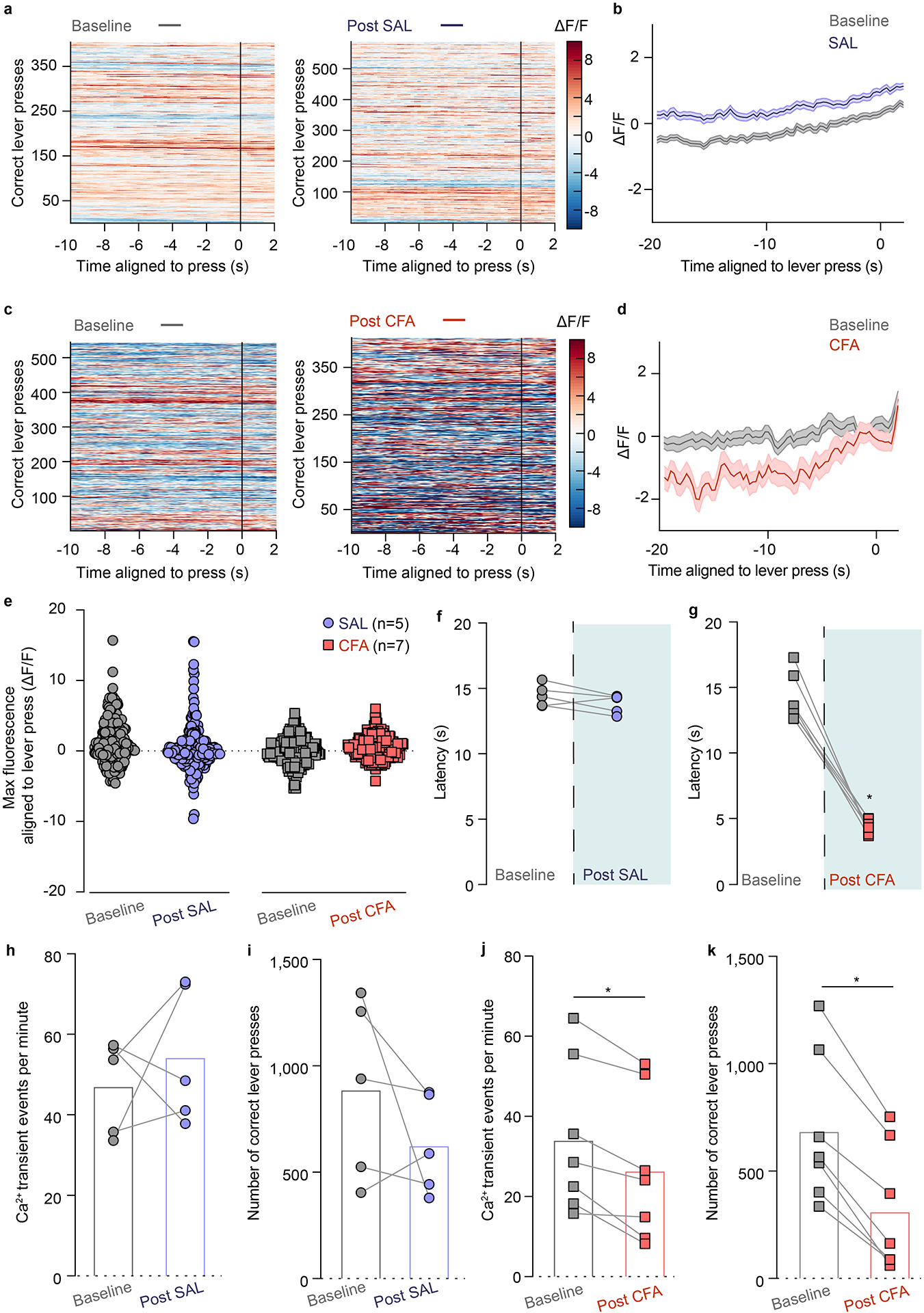Extended Data Fig. 2. VTA DA neuron aligned to reward seeking.

a. Representative heat-maps of fluorescence aligned to the lever press (time point 0) for baseline (grey) and post-SAL (blue) PR sessions for same animal. b. Mean fluorescence aligned to lever press for baseline (grey) and post-SAL (blue) PR sessions (n = 5 rats; data presented as mean ± s.e.m) c. Representative heat-maps of fluorescence aligned to the lever press (time point 0) for baseline (grey) and post-CFA (red) PR sessions for same animal. d. Mean fluorescence aligned to lever press for baseline (grey) and post-CFA (red) PR sessions (n = 7 rats; data presented as mean ± s.e.). e. Maximum fluorescence aligned to lever press is not altered in either CFA or saline injected animals as compared to their respective baseline. f. Saline injection does not alter latency of paw withdrawal to noxious stimulus using Hargraves test. g. Latency to withdraw a paw from a noxious stimulus is decreased in CFA, resulting in hyperalgesia (two tailed Wilcoxon test, * p = 0.0156, n = 7 rats). h. Transient events per minute of VTA DA neurons throughout the PR sessions are not altered after the injection of saline. i. Saline doesn’t affect the numbers of correct lever presses during PR session. j. CFA decreases overall frequency of VTA DA neurons calcium transients during PR session (two tailed Wilcoxon test, * p = 0.0156, n = 7 rats). k. CFA decreases the number of correct lever presses during PR session (two-tailed Wilcoxon test, * p = 0.0156, n=7 rats).
